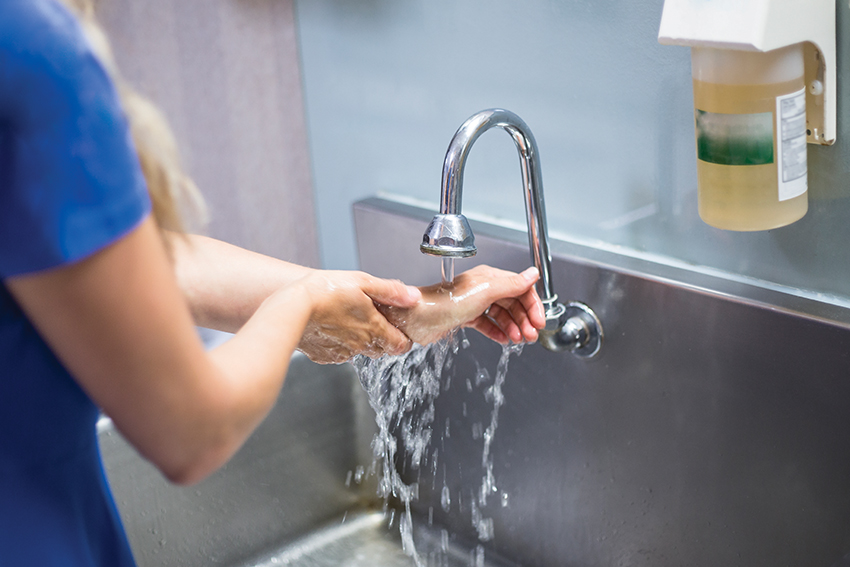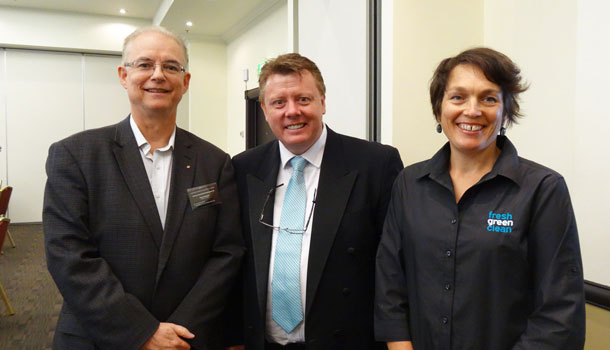
Health associated infections are infections that patients can get while being treated in a medical facility. Often it is through invasive procedures, but it can also be caused by contact with a medical professional.
A report by the Clinical Excellence Commission Australia in 2016 states that health associated diseases prolong the length of a patient’s stay in the hospital by an average of 10 days and can result in significant further illnesses.
The good news is these infections can be reduced by raising the standard in facilities, educating staff on efficient cleaning techniques and selecting more efficient tools.
The Institute for Healthcare Improvement (IHI) in the US cites consistent hand hygiene practice by all healthcare workers as the single most important intervention to prevent HAIs.
The impact that poor hand hygiene has on patients and hospitals is widely known around the industry, yet several studies show that healthcare professionals’ compliance with hand hygiene is on average only 39 per cent. What are the reasons for this? A few of the reasons includes not having enough time, availability or location of sinks.
We’re seeing that evidence-based design in hospitals is becoming more relevant, so this data is forcing organisations to think differently about how rooms are laid out to enable the healthcare professional to perform hand hygiene before and after patient contact without interacting with any other materials such as doors.
But how can we improve this compliance rate without redesigning our facilities? The key is awareness and continuously prompting the healthcare professional to perform hand hygiene.
Using data enables organisations to predict and track the spread of infections as well as monitor compliance for procedures such as hand hygiene.
We already have access to a large amount of health data, however, it hasn’t yet reached its potential. Just the availability of the data does not translate into knowledge or clinical practice. It has to be applied. This means, for instance, using data to determine specific at-risk areas.
A survey in the US conducted in 2014 revealed that 43 per cent of infections began in the intensive care unit, however, 57 per cent began in other areas of the hospital.
Healthcare professionals may not notice or consider that when hand hygiene isn’t performed before and after contact with the patient, they potentially spread the infection into other areas of the hospital environment.
This also places a strain on cleaning staff in these facilities as infections can be traced to places such as keyboards, charts, curtain partitions and table tops, making it seemingly impossible to keep up with.
We will continue to see more innovation in the product and technology space. Hand contact tracing and automated system reminders for refilling dispensers are just two examples. Interestingly, a study in 2016 looked at using light as prompt for performing hand hygiene.
In this study, researchers used infrared light sensors installed in each room which then signalled a second spotlight installed over the sink as a reminder. As a result, a higher percentage of healthcare professionals were observed performing hand hygiene.
New technological innovations and automated systems can be an expensive option, especially when it requires multiple spaces to be redesigned.
However, prolonging a patient’s stay in the hospital is far more costly and places an extra strain on the hospitals in terms of beds available and staffing.
Ultimately, changing health care professionals’ behaviour is the answer to raising compliance and prevent HAIs. Data and evidence should influence decisions on hospital design, procedures and products – all to further enable the hand hygiene process.
One action that organisations can take already is to analyse their current spaces and procedures, translate improvements into education and empower health care staff to make informed decisions.
Another area is to work with supplier partners to provide support through existing data and site surveys that align to healthcare protocols on infection prevention.
Sean Matthews is head of care at Winc Australia.
This article first appeared in the May/June issue of INCLEAN Australia
Comment below to have your say on this story.
If you have a news story or tip-off, get in touch at info@3.106.117.80.
Sign up to INCLEAN’s newsletter.



Our Enviro solution can help this problem